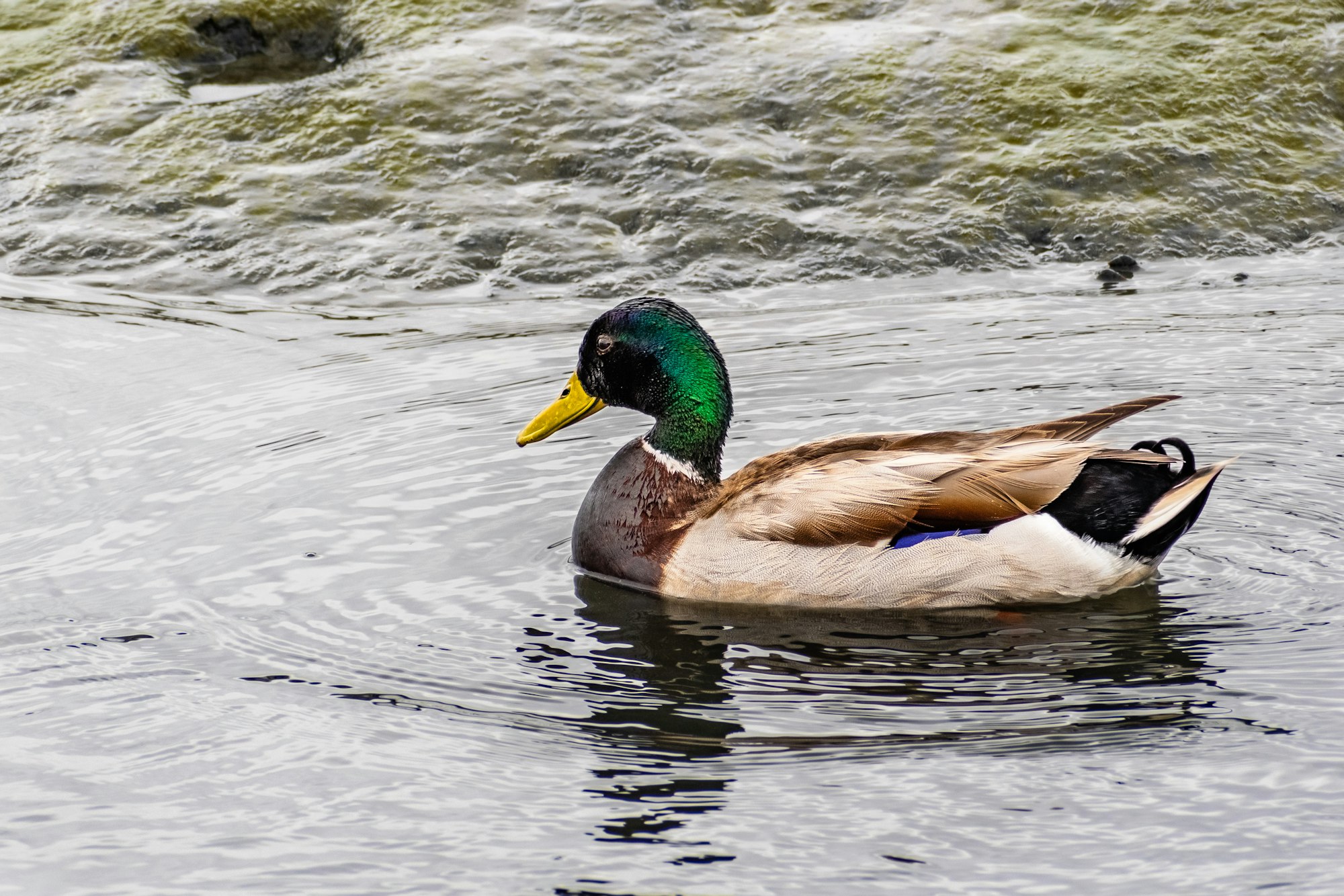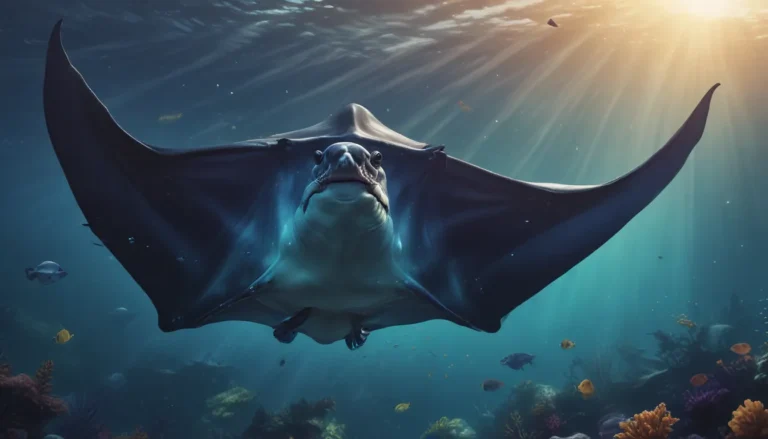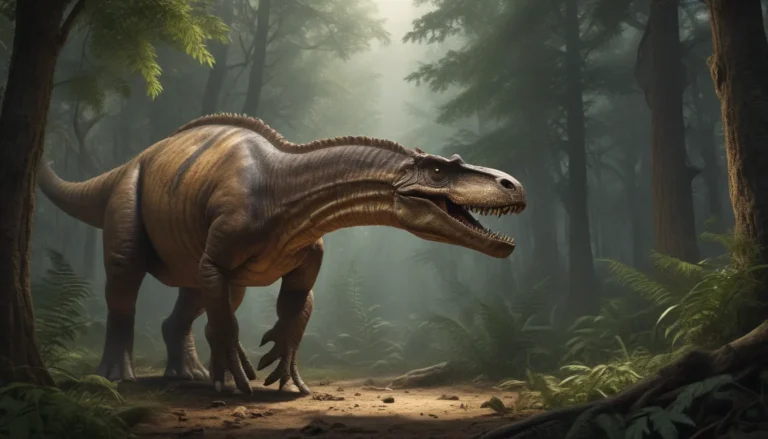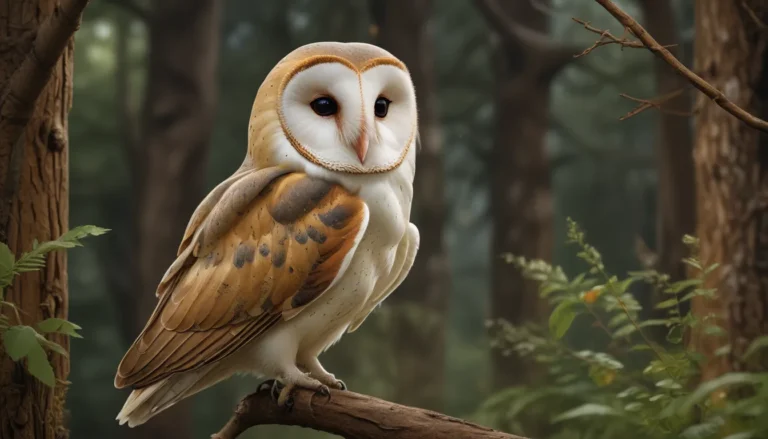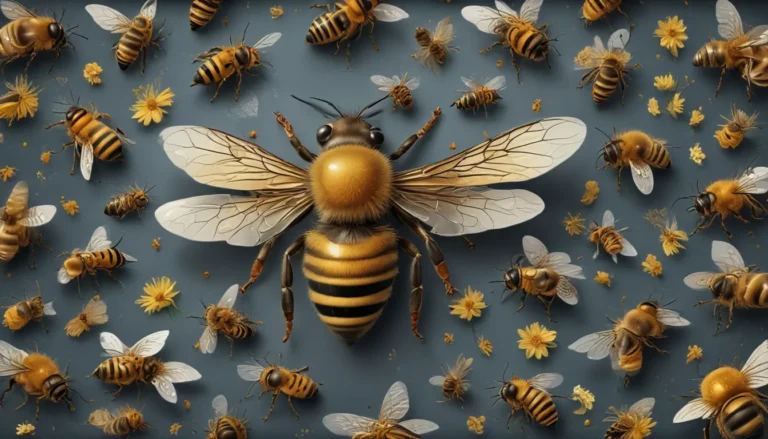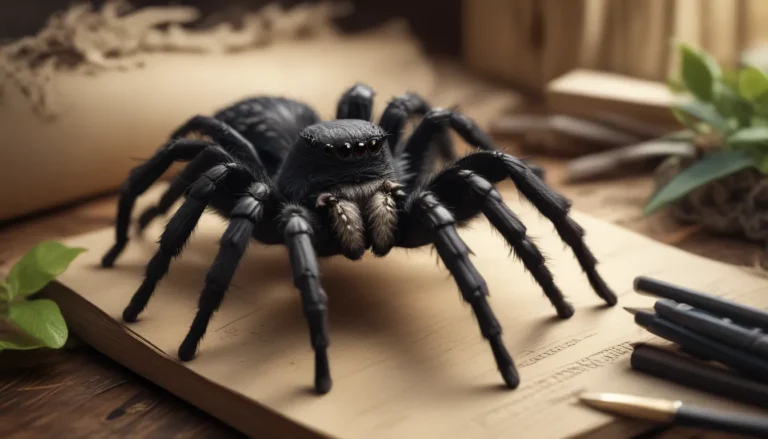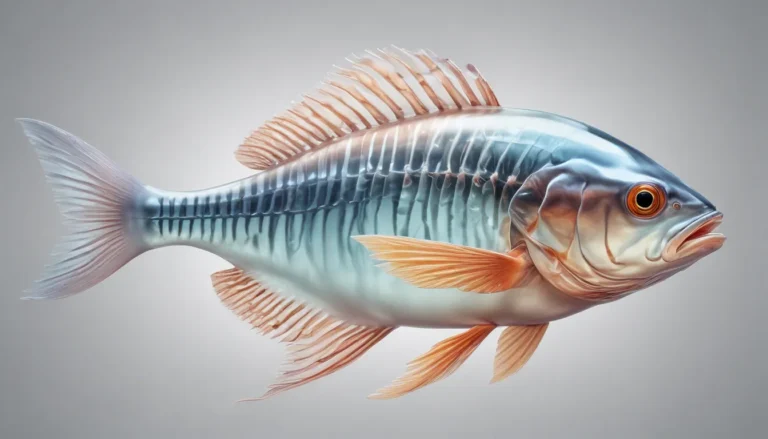The pictures we use in our articles might not show exactly what the words say. We choose these pictures to make you interested in reading more. The pictures work together with the words but don’t take their place. The words still tell you the important facts.
Introduction
Mallard ducks, with their distinctive green heads and familiar quacks, are some of the most recognizable waterfowl in the world. These remarkable birds have captured the hearts of bird enthusiasts and casual observers alike, thanks to their widespread presence and intriguing behaviors. From city parks to remote wetlands, mallards have adapted to thrive in diverse environments, making them a testament to nature's resilience and versatility.
In this comprehensive guide, we'll dive deep into the world of mallard ducks, exploring their unique characteristics, behaviors, and the fascinating facts that make them stand out in the avian world. Whether you're a bird watcher, a nature lover, or simply curious about these ubiquitous waterfowl, you're sure to discover something new and exciting about these feathered friends.
Key Takeaways
- Mallards are incredibly adaptable, found on every continent except Antarctica
- Male mallards (drakes) have distinctive green heads, while females have mottled brown feathers
- These ducks can fly at speeds up to 70 miles per hour
- Mallards are "dabbling ducks," feeding by tipping forward in the water
- They have a diverse diet of plants and small aquatic creatures
- Female mallards have a loud quack that can be heard for miles
- Mallard ducklings are precocial, ready to swim within hours of hatching
- These ducks can interbreed with other species, producing hybrids
- Mallards are one of the most hunted duck species in North America
- The U.S. mallard population is estimated at 11.6 million birds
List of Fascinating Mallard Duck Facts
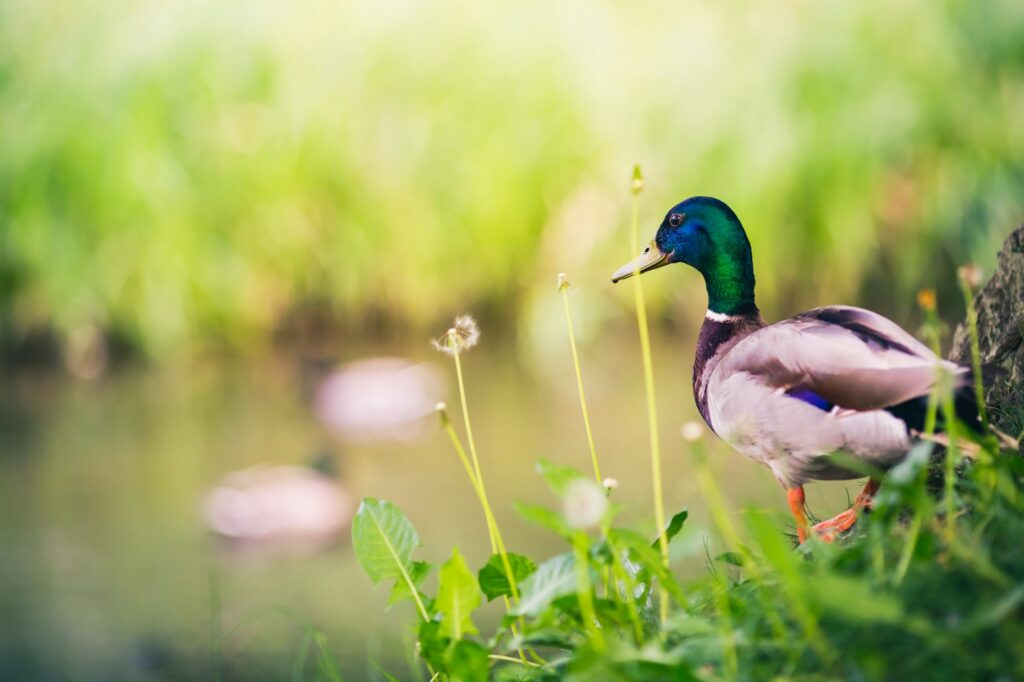
1. Worldwide Wanderers
Mallard ducks are true globetrotters of the avian world. These adaptable birds can be found on every continent except Antarctica, showcasing their incredible ability to thrive in various habitats. From the serene wetlands of North America to the bustling city parks of Europe and Asia, mallards have made themselves at home in diverse environments across the globe.
2. Distinctive Dressers
When it comes to fashion, male and female mallards have distinctly different styles. Drake mallards sport a striking appearance with their glossy green heads and crisp white neck rings, making them easily identifiable. In contrast, female mallards opt for a more subdued look with mottled brown feathers. This difference in plumage isn't just for show – it serves a crucial purpose in the wild, with the females' camouflage helping to protect them and their nests from predators.
3. Speed Demons of the Sky
Don't let their plump appearance fool you – mallards are impressive flyers. These ducks can reach speeds of up to 70 miles per hour in flight, a remarkable feat that puts them among the fastest flying ducks. Even more impressive is their ability to take off almost vertically from water, a skill that comes in handy when making quick escapes from potential threats.
4. Dabbling Diners
Mallards belong to a group known as "dabbling ducks," a name that comes from their unique feeding style. These resourceful birds feed by tipping forward in the water, their tails pointing skyward as they graze on underwater plants and small aquatic creatures. This dabbling behavior allows mallards to access food sources that other birds might miss, contributing to their successful adaptation to various environments.
5. Diverse Diet
The mallard's menu is as varied as their habitats. Their diet consists of about two-thirds plant matter and one-third animal protein, showcasing their omnivorous nature. From aquatic plants and insects to agricultural grains, mallards are not picky eaters. While they might eagerly accept bread from well-meaning park visitors, it's important to note that this isn't the healthiest option for these ducks and can lead to nutritional imbalances.
6. Vocal Virtuosos
The iconic "quack" associated with ducks is most famously produced by female mallards. This sound, known as the "hail call" or "decrescendo call," is remarkably loud and can be heard from great distances. Female mallards use this call to communicate with other ducks, especially their ducklings. The ability to project their voice over long distances is crucial for maintaining contact with their brood in busy or dangerous environments.
7. Precocious Offspring
Mallard ducklings are born ready for action. These precocial chicks can swim, walk, and find food within hours of hatching. This early independence is crucial for survival in the wild, allowing the ducklings to quickly adapt to their aquatic environment and evade potential predators.
8. Hybrid Creators
Mallards have a unique ability to interbreed with other duck species, resulting in various hybrid offspring. This interbreeding capability has led to some interesting genetic combinations in the wild and has implications for duck populations and conservation efforts.
9. Complex Courtship
The love life of mallards is more complex than one might expect. These ducks form pairs in fall, engage in courtship through winter, and breed in spring. While they are generally monogamous, "extra-pair copulations" can occur, sometimes resulting in broods with multiple fathers. This behavior adds an intriguing layer of complexity to mallard social structures and breeding patterns.
10. Long-lived Legends
While the average lifespan of a mallard in the wild is typically 3-5 years, some individuals have been known to live much longer. The oldest recorded mallard lived to be at least 27 years old, demonstrating the potential longevity of these adaptable birds when they manage to avoid predators and other hazards.
Frequently Asked Questions About Mallard Ducks
What do mallard ducks eat?
Mallards have a varied diet consisting of aquatic plants, insects, small fish, and even agricultural grains. They are opportunistic feeders and can adapt their diet based on available food sources.
How fast can mallard ducks fly?
Mallard ducks can reach impressive speeds of up to 70 miles per hour in flight, making them one of the faster flying duck species.
Are mallard ducks endangered?
No, mallard ducks are not endangered. In fact, they are one of the most abundant and widespread duck species, with an estimated population of 11.6 million in the U.S. alone.
Can mallard ducks interbreed with other duck species?
Yes, mallards are known for their ability to interbreed with other duck species, producing various hybrid offspring.
How long do mallard ducks live?
In the wild, mallard ducks typically live for 3-5 years. However, some individuals have been known to live much longer, with the oldest recorded mallard reaching at least 27 years of age.
Conclusion
Mallard ducks truly are remarkable creatures, embodying nature's ability to adapt and thrive in diverse environments. From their impressive flying speeds to their complex social behaviors, these birds continue to fascinate and surprise us. Their widespread presence across the globe is a testament to their resilience and adaptability, making them an integral part of many ecosystems and a familiar sight in both urban and rural settings.
As we continue to share our environments with these adaptable waterfowl, it's important to appreciate the role they play in our ecosystems and to ensure that our interactions with them are respectful and beneficial. Whether you're observing mallards in a local park or studying their behaviors in the wild, these facts about mallard ducks offer a deeper understanding and appreciation for these common yet extraordinary birds.
